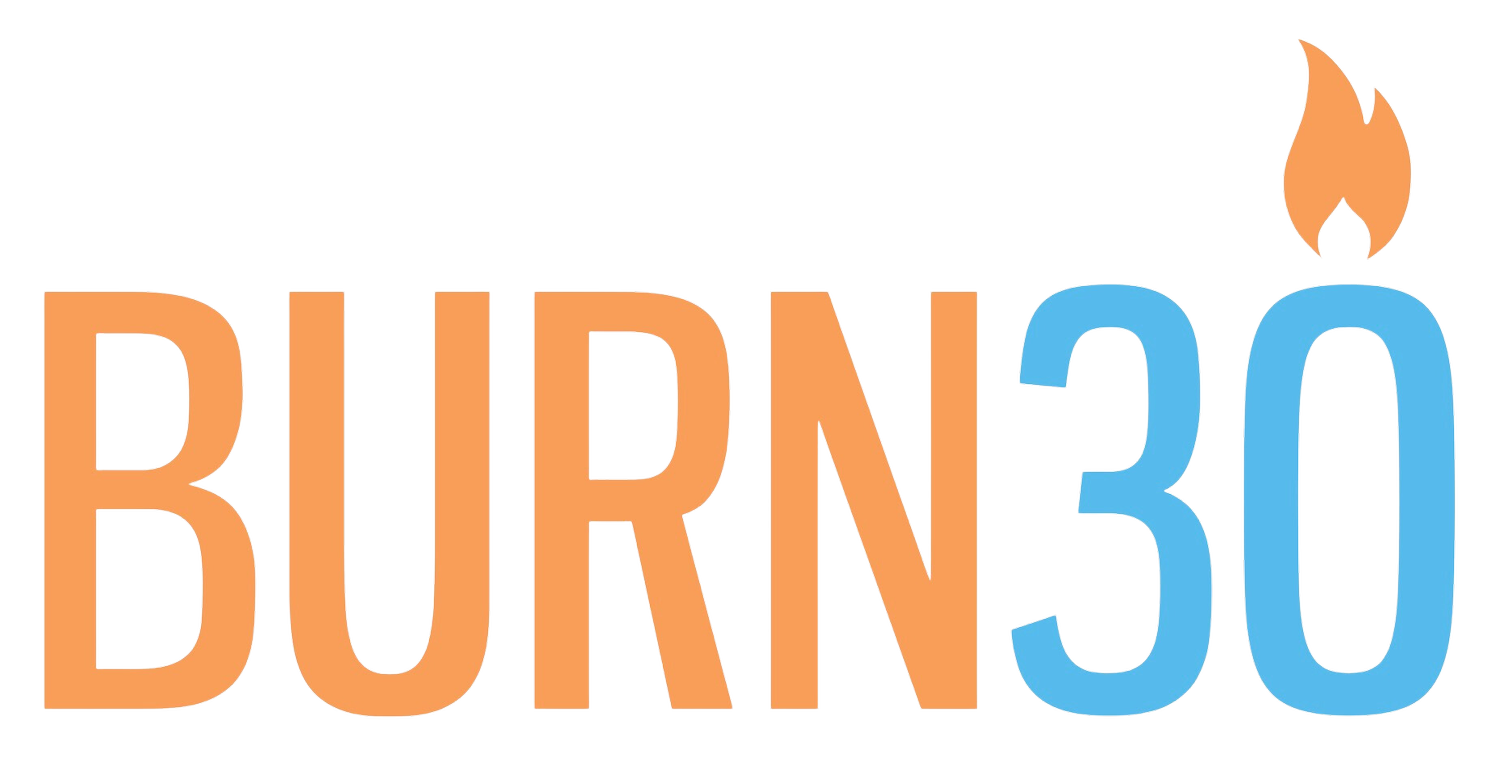Best Exercises For The Arms
If you’re looking to tone, shape, and build strength in the arms, it’s important to talk about the biceps and triceps. There are many ways to train the biceps and triceps, but today, we’re just going to talk about a few standard exercises you should incorporate into your exercise routines. For each exercise, start with lighter weights with good form, then slowly build up in repetitions and weight when you can maintain form.
Let’s start with the biceps (front of the arm).
Hammer curl: Stand tall with good posture with your arms at your sides and a dumbbell in each hand. Palms should be facing in towards your legs so that your thumbs are facing forward. Bend at the elbow, lifting the weights towards your shoulders. Lower the weights down to the starting position. Remember to keep your upper arms stationary throughout the entire move.
Barbell curls: Grab a barbell with your hands outside your hips in an underhand grip (palms facing forward). Stand tall and keep your core braced. As you curl the barbell towards your chest, keep your elbows tight by your sides. Curl the bar up to shoulder height, pause, then lower the bar slowly down.
Cable curls: Adjust the cable machine, so that the cable is at the bottom with an attachment that allows your palms to face up (like 2 handles or straight bar). Stand in front of the cable machine and grab the attachment with arms straight in an underhand grip (palms facing forward). Curl the handle up towards your chest, bending at the elbow while keeping the upper arm still. Lower the weight down to the starting position.
Concentration curl: Sit on a bench and grab a dumbbell in your right hand. Lean forwards slightly and place your upper right arm against your right thigh. This will keep your upper arm from moving, isolating the bicep. Extend the arm straight to begin. Curl the weight up and in, then lower slowly to the starting position.
Next, the triceps (back of the arm).
Triceps dips: Sit on the edge of a chair, bench, or step. Place your hands on the edge, next to your hips. Fingers should be pointed forward, towards your feet. Slide your hips off the edge of the seat, keeping feet hip width apart and feet firmly on the floor. You should be hovering close to the step/chair, just far enough not to hit it. Lower yourself down through your elbows, pressing and squeezing through the triceps. Push yourself slowly back up until your arms are straight.
Triceps kickbacks: This exercise can be done in a variety of ways – using dumbbells or a cable, in a split stance or standing, and even doing a single arm or both at a time. In this example, I’ll be describing a double-arm triceps kickback with dumbbells. Start with a dumbbell in each hand with feet underneath hips and knees bent slightly. Hinge from the hips, maintaining a flat back. Row your arms into your sides, so the dumbbells start next to your hips. Extend the dumbbells back behind you until your arms are nearly straight, then bend them back into a row position. Make sure your upper arm stays still during this movement.
Overhead Triceps Extensions: This exercise, like the kickbacks, can be done in a variety of ways. The most common is standing, using a dumbbell. For this, start by holding the dumbbell on one end with both hands. Bring it up and behind the head, with back neutral, core braced, and arms straight. Slowly bend the elbows and lower the dumbbell behind your head, keeping the elbows pointed forward. Straighten the arms back up, extending the weight to the top.
Diamond Pushups: This variation on a pushup will target your triceps more than your chest. If you’re new to diamond pushups, I recommend an inclined surface, like a bench. Place your hands on the inclined surface so that they form a diamond shape. Your pointer fingers and thumb should be touching. Bring yourself up to a full pushup position, with core braced and back flat. Lower yourself down, keeping your elbows close to your body. Press up with control back to the starting position.
Don’t forget that it’s important to work the upper body holistically – i.e. the chest and back muscles—for comprehensive upper body strength and toning.

